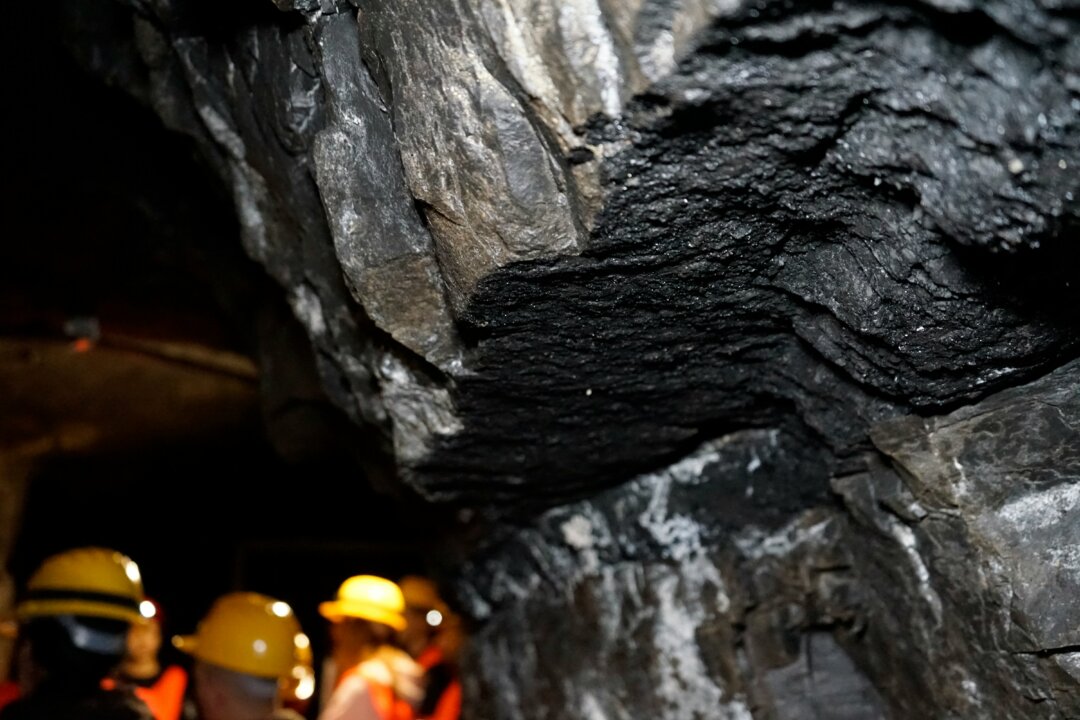The majority of submitters are in favour of a government proposal to allow mining to resume in New Zealand after it was cancelled under Labour.
Over 90 percent of submissions have expressed broad support for New Zealand’s proposed minerals strategy, though many oppose mining on conservation land, seabed mining, and new coal extraction.
Resources Minister Shane Jones said that indicated “a strong appetite for a considered, enduring approach to minerals development.” He aims to double the sector’s export value to $2 billion (US$1.27 billion) over 10 years, along with creating an additional 2,000 jobs in the sector.
It comes after the previous Labour government was moving, albeit very slowly, toward introducing a total ban on all new mining, as promised by former Prime Minister Jacinda Ardern in 2017. It had banned oil and gas prospecting and tried to introduce restrictions on mining on public conservation land.
In Labour’s first term, coalition partner NZ First held up the legislation, though it reluctantly agreed to the oil and gas ban.
In its second term—during which it had an absolute majority—it became bogged down by a dispute with the Greens, who wanted the ban extended to private land, and Māori, who feared it would prevent them from mining pounamu (jade), from which they make carvings.
The uncertainty effectively achieved what Labour could not—applications for new mines all but dried up, and existing approvals were held in limbo.
Resuming Resource Extraction
When the government changed, Jones—a NZ First MP—made it plain he intended to rapidly clear any impediments, not only to new mines but also to oil and gas exploration.

However, conscious of the fact most New Zealanders regard conservation land as sacrosanct, the government has been relatively cautious in approaching the change, with only one misstep so far.
The Fast Track Approvals Bill, which would originally have given three ministers the power to sign off on certain developments deemed to be in the country’s economic interest, met with widespread protest, forcing the government to back down and instead agree to appoint an expert panel to handle applications.
The remainder of the minerals strategy seems to have met with broad approval from the 102 submitters.
According to the Ministry of Business, Innovation, and Employment (MBIE), 28 percent were individuals, consultants, and business owners, 21 percent came from the minerals industry, and 16 percent were from environmental and community groups.
Ninety-six percent were broadly supportive of developing a plan to manage the future of mining in New Zealand, subject to additional considerations.
Aside from the Fast Track Bill, it also involves replacing the Resource Management Act with two new pieces of legislation, one focused on smoothing the consent process for new developments of all kinds, including mining.
A stocktake of New Zealand’s known mineral potential will be undertaken, and the minerals applications queue will be “cleared.” And investment opportunities in the sector will be promoted abroad to “increase the scale and pace of development.”
Better Definition, Linkage to Other Strategies
MBIE identified six central themes from the submissions. Almost all submitters supported the need to ensure environmental protection and long-term environmental sustainability and balance the trade-offs between economic development and the social impacts of mining.
Many pointed out the government needs to do more work to ensure it has the social license to proceed and, in particular, suggested the Crown have “more meaningful engagement with Māori” when considering new projects.
Several submitters suggested the government better define the strategy’s aims and improve the regulatory regime and linkages with its other strategies and policies.
And lastly, there was support for more emphasis being placed on innovation, research, the circular economy, and resource recovery from e-waste.
Mining industry body Straterra called for cross-party support for the strategy. Several submitters also argued for a more ambitious export target and increased revenue to the Crown through higher taxes and royalties, ensuring the economic benefits from minerals get to New Zealanders instead of sending profits offshore through overseas-owned mining companies.
Environment protection organisations, academics, independent experts, researchers, and research institutions wanted the exclusion of coal, seabed mining and the Fast Track Approvals Bill from the minerals strategy due to environmental concerns.
The Parliamentary Commissioner for the Environment (PCE) broadly supported the strategy but suggested minimising environmental impacts as a specific aim.
Jones called the strategy a “transformative vision for an enduring minerals sector—a sector that has suffered from the lack of a clear long-term strategic direction.
“With the right direction and settings, mining will boost regional opportunities and jobs, increase our self-sufficiency, and be a critical part of the Government’s export-led focus,” he said.
The feedback will be considered ahead of the strategy being finalised later this year.

